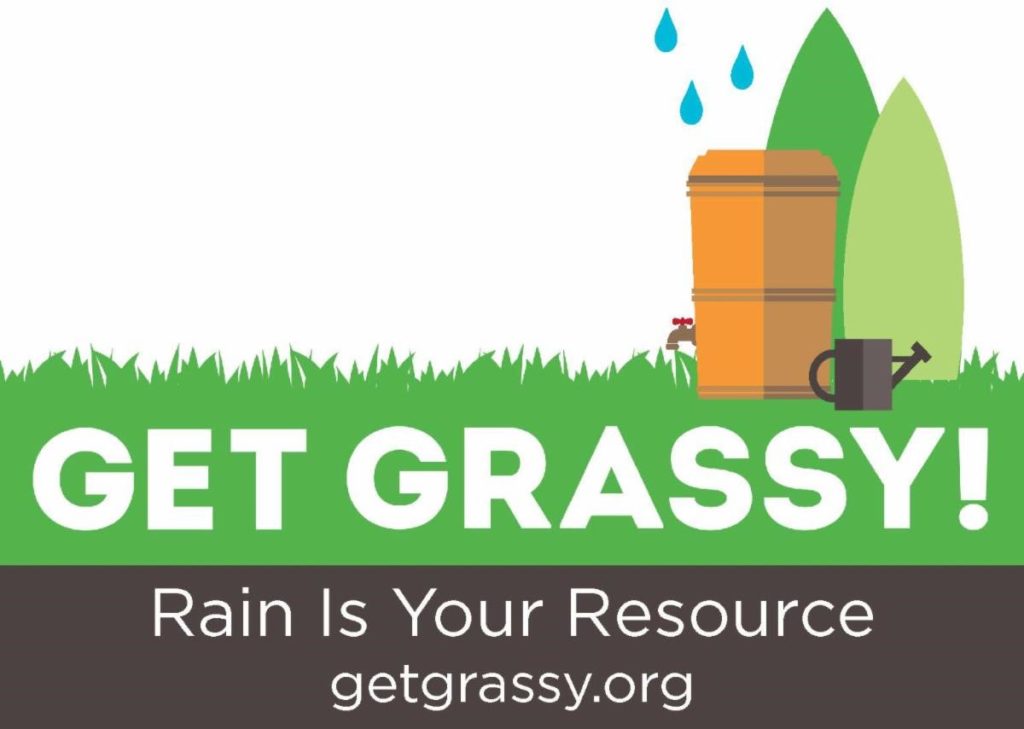Managing Stormwater on Your Property
The New Normal
The news has been saturated (pun intended) with water-related headlines lately and here in Central Ohio, we’ve experienced localized flooding from heavy rainfall and runoff. Whether or not you acknowledge climate change, NOAA weather data shows that we have lived through some dramatic changes in our climate already and the data would seem to indicate this will continue, especially with the amount of rain.
The average total precipitation increased 19.8% between 1951 and 2012. We are currently sitting at 3 inches above normal for rainfall this year alone in the Columbus area, after two preceding historic rainfall years. The number of days per year that saw more than 1.25” of precipitation increased by 78% from 1951-2012, suggesting more energetic weather events.
With the heavy rainfall causing urban flooding AND multiple flash flood alerts all throughout Central Ohio within the last month alone, this unprecedented amount of flooding can have harmful effects on the local economy, including increased development costs and cause new areas to require flood insurance, affecting home sales and values. We take for granted our day to day weather, mostly benign and uneventful, planning perhaps for the day of rain or the week of sunshine and warmth. But the changes that weather events can make are vital components of our daily lives. Recognizing those potential long term changes is one way to be prepared and maintain the “new normal” in our lives.
Managing Stormwater on Your Property
“Catch” the Rain
Runoff from rainwater and snowmelt enters storm drains, carrying pollutants from lawn fertilizers, pesticides and vehicle fluids directly to ditches, streams and rivers. Running stormwater also gathers leaves as it flows, causing storm drain blockages and floods. Keeping rain where it falls and using it as a resource keeps our watersheds healthy, safe and clear of debris. Treating your own home’s runoff is one way residents can protect our drinking water while decreasing harmful effects on waterways from flash flooding, erosion, and pollution. Common backyard conservation practices like rain barrels, cisterns and rain gardens, are easy practices most home-owners can implement to help manage stormwater runoff on their own property.
“Greening” Your Grass
Healthy lawns can capture more water than patchy lawns through thousands of fast-growing individual plants. Leaving grass clippings and shredded leaves on your lawn improves your lawn’s health and cycles carbon back into the soil; those clippings can increase carbon-storage in the soil by nearly sixty percent! Mowing high reduces watering needs by producing deeper, healthier roots that can absorb more runoff. Where you can, consider reducing lawn for tolerant, pollinator-friendly natives. Visit www.getgrassy.org to learn more about proper lawn care.
Plant More Native Plants
Runoff increases greatly in urban areas because of roads, roofs, and parking lots. Native plants have deeper and more extensive root systems that prevent erosion and provide extra filtration. Research suggests that native landscaping in the form of rain gardens, bioswales, prairies, green roofs, and urban tree canopies, may provide a low- cost alternative to large-scale infrastructure solutions to reduce runoff. Native plants and trees intercept rainfall while their roots aid infiltration and prevent runoff by acting as pathways for water flow.

